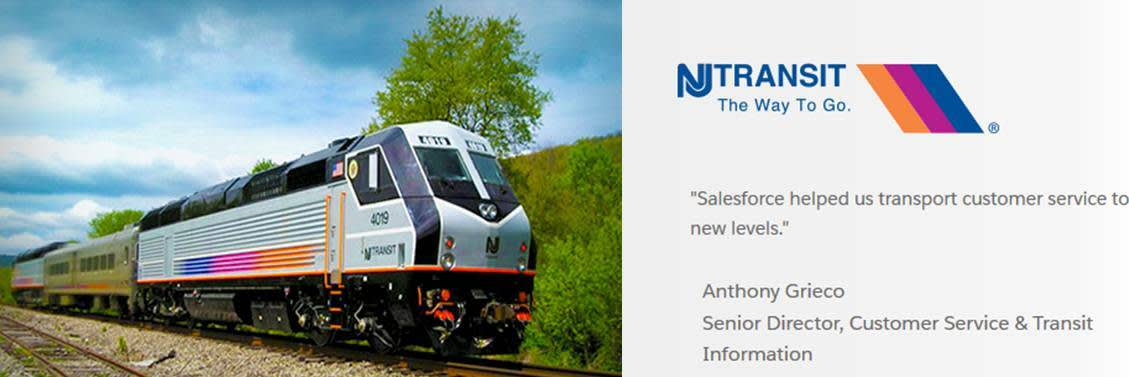Learn Best Practices from New Jersey Transit
Learning Objectives
After completing this unit, you’ll be able to:
- Describe how an organization uses a balanced measures approach.
- Explain to colleagues a story of an organization using these principles that achieve higher performance.
Pulling It All Together the New Jersey Way
Let’s examine how the Balanced Scorecard can work by looking at the case of New Jersey (NJ) Transit. NJ Transit is the nation's largest statewide public transportation system. It is in the business of helping the state’s economic engine and improving quality of life by getting people where they need to go, safely, and on time. Every day, approximately 900,000 customers depend on NJ Transit’s buses, trains, light rail, and paratransit services to get to work, school, healthcare, and recreational activities. That’s a lot of activity!

Unfortunately, years of customer complaints, fare hikes, frustrating delays, and canceled projects left many riders frustrated and thinking the organization wasn’t doing a very good job. What to do? NJ Transit needed a way to capture and communicate what was really happening across this large operation, and make improvements where needed. So the agency decided to create and publish a scorecard for all to see (Figure 5).
The scorecard contains several categories of metrics similar to the pillars of the Balanced Scorecard, including metrics on customer satisfaction, financial performance, operational efficiency and corporate accountability, and employee excellence. To include all the important aspects of its business, NJ Transit decided to add a pillar for safety and security—sounds good to us!

Figure 5. NT Transit Scorecard with Balanced Measures
Every year, NJ Transit conducts customer satisfaction surveys, gathers performance metrics, and publishes the scorecard results on their website. The scorecard provides much-needed transparency for customers, and helps focus the workforce on what matters most.
Based on the scorecard data, NJ Transit develops and prioritizes projects. For example, since the launch of the scorecard in 2011, NJ Transit put in place initiatives to stabilize fares, improve on-time performance, and even provide Wi-Fi access.
NJ Transit also implemented Salesforce solutions to drive insights and improvements. NJ Transit realized they needed to communicate better with customers, but didn’t have a single, comprehensive system for doing so. Response time varied depending on whether customers contacted the agency by email, phone, or through the Web, and it was not uncommon for an individual to ask a question on more than one channel—causing multiple agents to work on the same issue.
By adopting the Salesforce Service Cloud, NJ Transit consolidated all its cases in one place, so it can handle more in less time. Previously, agents took a week to respond to issues—now they respond to customers in less than three days. The agency can now handle twice as many cases, without more staff. Workflows automatically route cases to specialists so customers get the best answers. And, Salesforce Chatter lets NJ Transit tap the expertise of all its employees and form cross-functional teams to improve the customer experience.
NJ Transit appears to be on the right track!
Resources